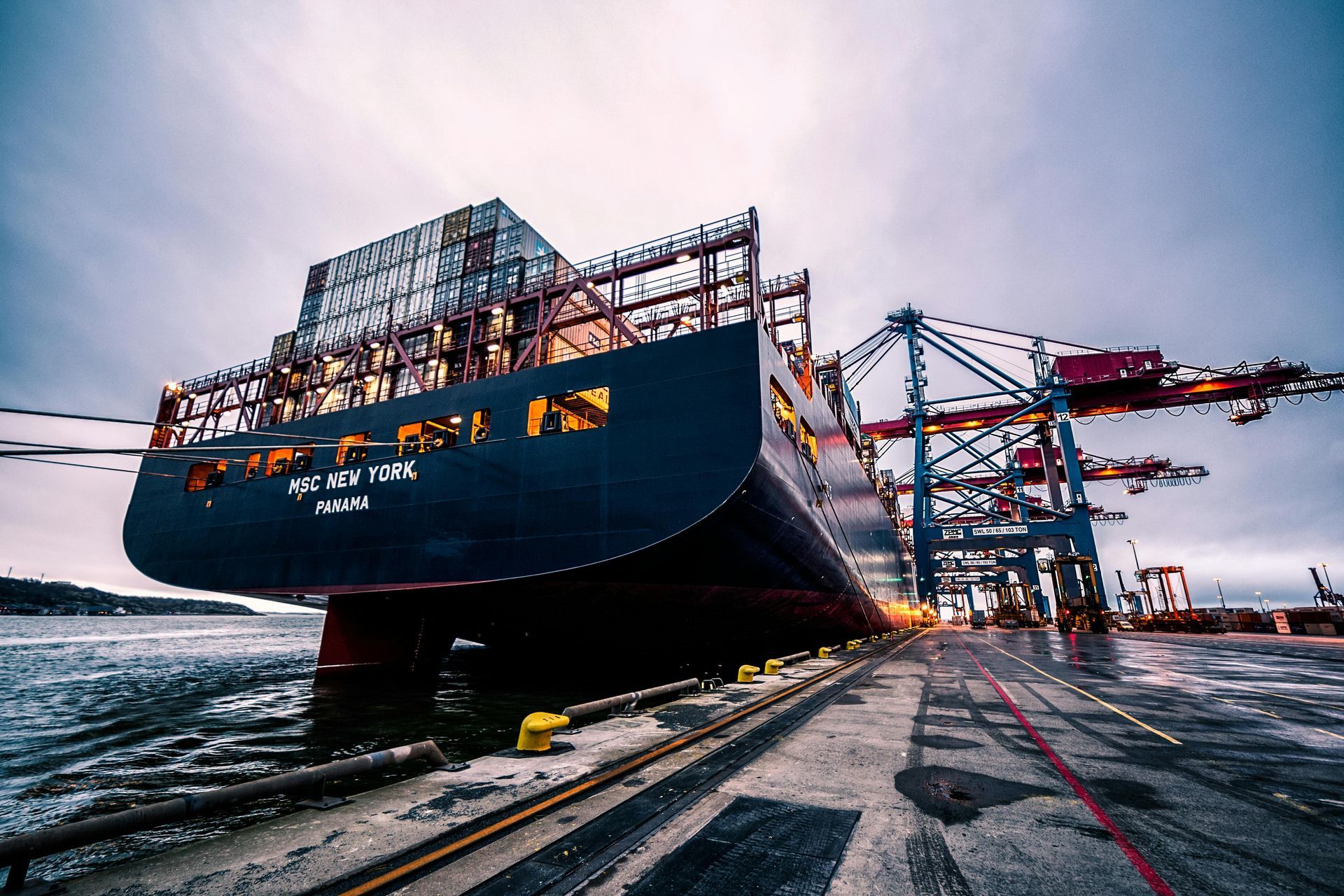Biofouling Rules Are Changing — This New Research Shows How
The conversation around biofouling compliance is changing — and fast.
In this review —
“Past, present and (possible) future of biofouling regulatory instruments within the international marine environmental protection framework” — published by a multidisciplinary team of marine scientists, and environmental policy researchers to explore what’s working, and what isn’t, when it comes to regulating biofouling.

This paper lands at a pivotal moment for the maritime industry. We’re entering a new regulatory era — one where inconsistent documentation, overlooked niche areas, and reactive compliance simply won’t be enough.
As countries and ports begin to take stronger action on aquatic invasive species, vessel operators are being asked to show more than just intent — they must provide clear, structured proof that they’re managing biofouling proactively and responsibly.
The Message Is Clear: Things Are Shifting
1. The Biggest Gap Right Now Is the Lack of a Global Mandatory Standard
Everyone agrees biofouling should be managed — but not for the same reasons.
- Ship operators focus on efficiency and cost savings.
- Regulators and environmental bodies prioritize biosecurity and ecosystem protection.
That mismatch leads to a patchwork of rules, uneven enforcement, and missed expectations. The paper recommends:
"A tiered compliance framework is recommended...adjusting requirements based on vessel type or risk profile,
instead of one-size-fits-all plans"
— Santos-Simón et al., 2025,
pg. 13
2. Plans Must Reflect Vessel-Specific Risks — Not Just General Templates
While the paper doesn’t directly call out niche areas like sea chests or thrusters, it makes a strong case that biofouling strategies need to be vessel-specific and risk-based.
As the authors write:
“A roadmap to guide users in the decision-making process… [should consider]multiple factors, such as
the vessel operational profile, maintenance, boat area, and environmental conditions (e.g., salinity, water temperature).”
— Santos-Simón et al., 2025,
pg. 15
This directly challenges the use of static, one-size-fits-all Biofouling Management Plans. It also aligns with how New Zealand’s Craft Risk Management Standard (CRMS) has evolved.
For example the
CRMS Schedule 3 – MPI New Zealand
includes a vessel checklist for a biofouling scoring
system where vessels must provide evidence of inspecting not just the bow thruster for example, but include
photos and details about each of its sub-components — including the tunnel, blades, boss cone, rope guard, and grating.
This level of specificity highlights why generic BFMPs — especially those without niche-level tracking — increasingly fall short in regulated ports.
3. Biofouling Management Is Following the Same Trajectory as Ballast Water Management
One of the most compelling insights in the paper is the comparison between biofouling and ballast water regulation:
“The Biofouling Convention is expected to be someday the sibling Convention of the BWM Convention.”
— Santos-Simón et al., 2025, pg. 11
We’ve seen this before with ballast water — what began as guidance became law. Biofouling is now on the same path.
So it’s not a matter of if, but when.
4. Mandatory International Regulation Is Coming
At
MEPC 83 (April 2025), the IMO formally agreed they will shift biofouling management from voluntary guidelines to enforceable international regulations.
- The PPR Sub‑Committee has been assigned a 4-year window (2026–2029) to write it.
- The goal: enforceable requirements that go beyond general guidelines — similar to how MARPOL or BWM rules work today.
For fleet managers, this is the moment to move from passive compliance to proactive readiness — to shift from simply having a plan to having a plan that works anywhere, and holds up to scrutiny.
Having a BFMP Isn’t Always Enough...
Why Generic BFMPs Get Rejected at Stricter Ports
A static BFMP might get you through some ports — but
can be denied at stricter ones because:
- Following Old 2011 IMO Template
- Doesn't Meet Regional Standards
- Not Vessel-Specific (or Copy/ Pasted)
- Too Vague
An existing plan is “good enough” — until it gets flagged during inspection.
ShipCarePro: Built for the Next Era of Biofouling Management
ShipCarePro creates adaptive BFMPs & Record Books — i.e. plans that reflect changing risk (not static)
✔ Always aligned with the latest IMO & all regional formats
✔ Your docs stay auto-updated using AIS data, inspection reports
✔ Tracks AFC life & MGPS
✔
Designed to fully document niche areas and their sub-components
We’re not just digitizing documents — we’re helping fleets stay ahead. As port rules tighten, ShipCarePro keeps your plans updated. Just log in, re-download, and submit for entry.

